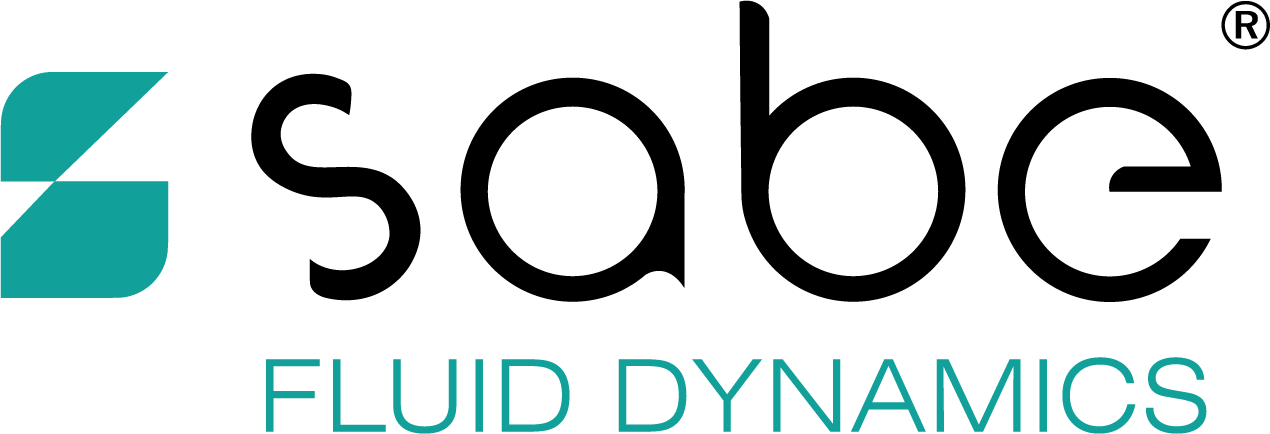In our previous article we discussed the modelling aspects of aerodynamic performance with focus on wind tunnel testing, CFD and field testing. We will discuss methodologies to measure aerodynamic performance next.
The measurement of the overall aerodynamic loading a craft or car is subjected to is the ultimate goal for aerodynamicists, as these will directly feed into the overall performance predictions for that particular application.
With regards to aerodynamic measurements, CFD is the most complete approach, providing global forces and moments as well as for sub-components, pressure signatures, wake information and many other insights about the flow.
Wind tunnels can provide measurements of global forces and moments, but not all of them do. For example, many automotive or motorsport wind tunnels are not able to accurately measure the vertical loads acting on the tyres. Other secondary measurements such as sub-component forces, surface pressure, wake pressure and PIV are commonly used in the wind tunnel, but are restricted to the instrumentation available, clearances, model manufacturing type. This additional instrumentation can also be prohibitively expensive to many engineering applications.
Field testing represents the most challenging environment to obtain accurate and meaningful measurements. Calibrated instrumentation mounted on the car suspension will return vertical loads for the sprung mass, however these will also include the inertial loads, in turn returning signals with a lot of noise and uncertainty. Drag measurements can be successfully derived from coast down tests, but here again a much larger measurement uncertainty band should be expected in comparison to WT and CFD due to external factors.
Secondary instrumentation such as surface and wake pressure measurements are often deployed in these tests to provide additional indirect information about the flow, helping engineers to correlate their data to the other predictive tools for decision making. Field flow visualisation techniques are being developed and tested but still remain in consolidation, not yet being widely used by industry.
Similar to the conclusions around modelling in our last article, our philosophy at Sabe is that information from multiple testing techniques and measurement types are often required to allow aerodynamicist to build a conclusive picture about the aerodynamic performance of a given application. Multiple measurements are not always possible, most often limited by budget and timescales, in which case we advise our customers on how to spend their money more wisely to obtain the best information they need.
In the next article we will discuss the role of AI in the aerodynamic performance predictions and measurements.
